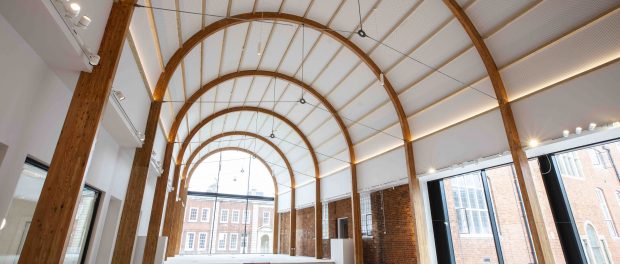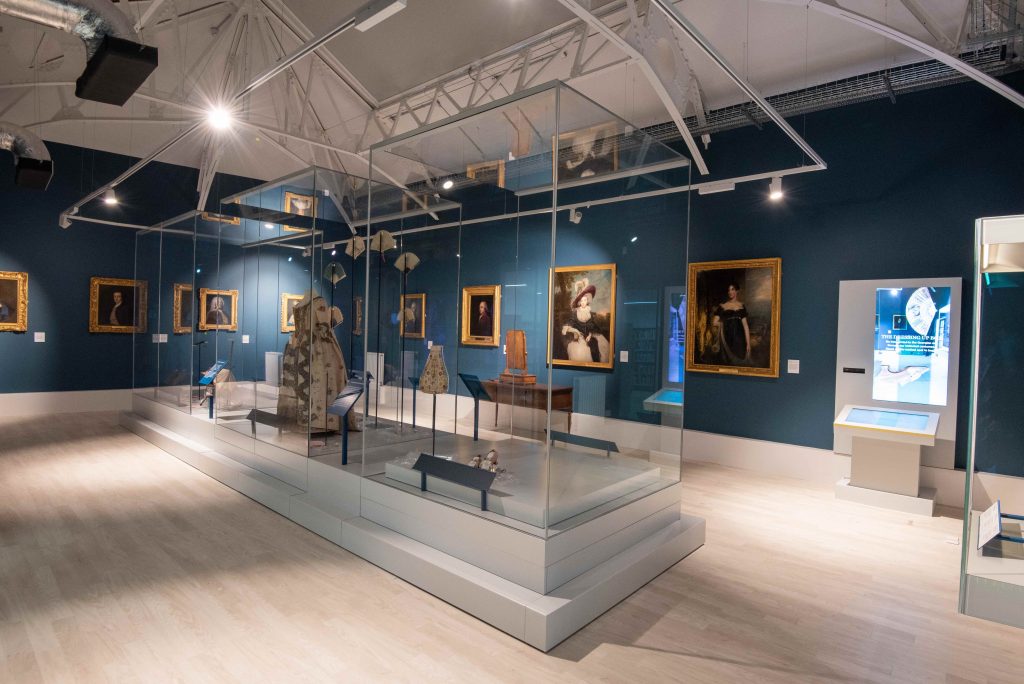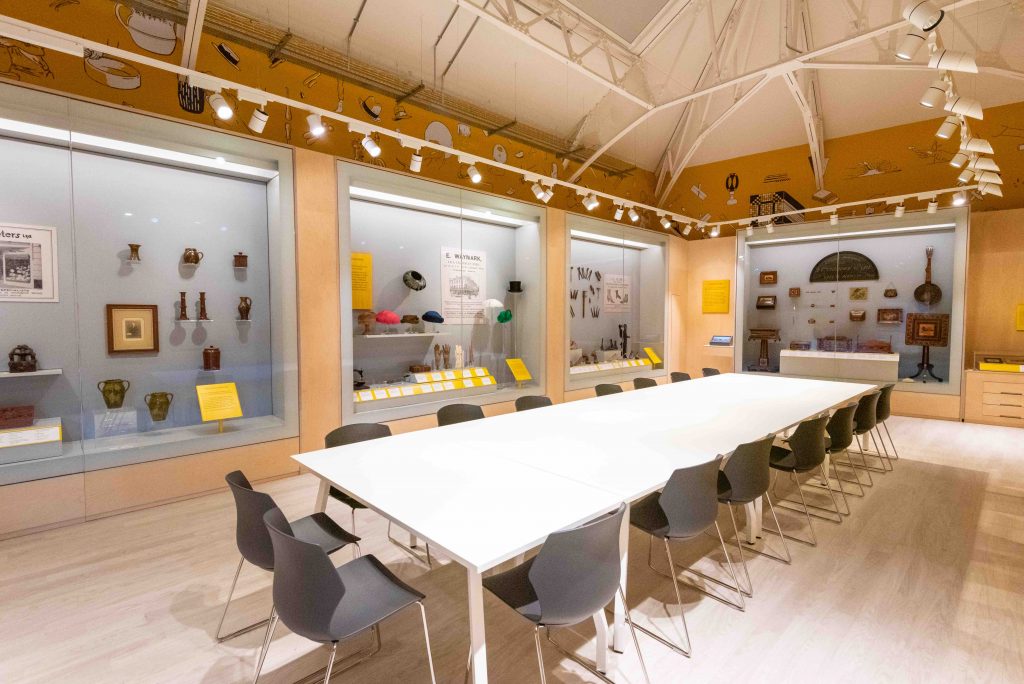Multi million pound cultural complex opens in Tunbridge Wells

Willmott Dixon Interiors has enhanced its reputation for the delivery of complex heritage building projects, with the delivery of a new £21 million cultural and learning centre in Kent.
Named after the famous local suffragist, The Amelia Scott is the result of a 70-week project to transform two Grade II listed buildings in Tunbridge Wells into a new two-storey community hub with a basement.
The 41,774 sq ft facility on Monson Road features a barrel-vaulted atrium which joins seven different floors of the former Adult Education Centre with the former library in Civic Way, to create a single integrated building.
The Amelia Scott houses several public services and attractions including a museum, art gallery, library, archives, Tunbridge Wells Borough Council’s Gateway, Kent County Council’s register office, the Tourist Information Centre and Kent Adult Education centre.
It showcases rare paintings and artefacts, including a Gainsborough, as well as 10,000 books and 60,000 historical objects, twice as many that could be displayed in its forerunner. There is also a new ground floor pottery studio, as well as textile and silversmithing facilities and a digital suite for the creation of short films, videos and other digital art.
The flagship regeneration project was first conceived around nine years ago and has been jointly funded between Tunbridge Wells Borough Council (TWBC) and Kent County Council, with the backing of The National Lottery Heritage Fund and Arts Council England.
Works included the demolition and removal of existing adult education outbuildings and the partial demolition of the existing library, which were carried out during the Covid-19 pandemic.
The new building was officially opened in April 2022 by Helen Boyce, believed to be the only surviving relative who remembers Amelia Scott, the turn of the century reformer. After the building was opened over 1,000 visitors went through the doors on the first day.
Graham Shaw, managing director at Willmott Dixon Interiors, said that The Amelia Scott will deliver significant benefits for the local community and has the potential to generate future income.
He said: “This is a bold and imaginative project that has rejuvenated an outdated property and delivered an exciting facility that will bring generations of local people together for many years to come. The building’s design has enabled us to deliver a modern glass atrium that seamlessly connects the two structures and floods the building with natural light. It’s a really effective way of preserving the heritage of an existing building whilst reimagining its purpose to suit the needs of the local demographic.
“The Amelia Scott is also a terrific example of what can be achieved by ambitious council leaders who are committed to refurbishing underperforming leisure estates and attracting more footfall. TWBC estimates that every pound spent on The Amelia Scott, will return around £4.00 of investment. The building can be a catalyst for high-street regeneration and deliver revenue that funds other public services too.”
The project was delivered by Willmott Dixon Interiors and a team including architects Purcell, Spider Project Management, Integration as services engineer and cost consultant Betteridge & Milsom. It was procured through SCF, a joint venture between Devon County Council and Hampshire County Council.
James Wright, framework manager at SCF said: “We are very pleased to have played a role in the magnificent regeneration of this grade II listed building. The newly refurbished building will be an excellent attraction for the local community providing modern facilities to bring the community together while preserving the heritage of the site.”



